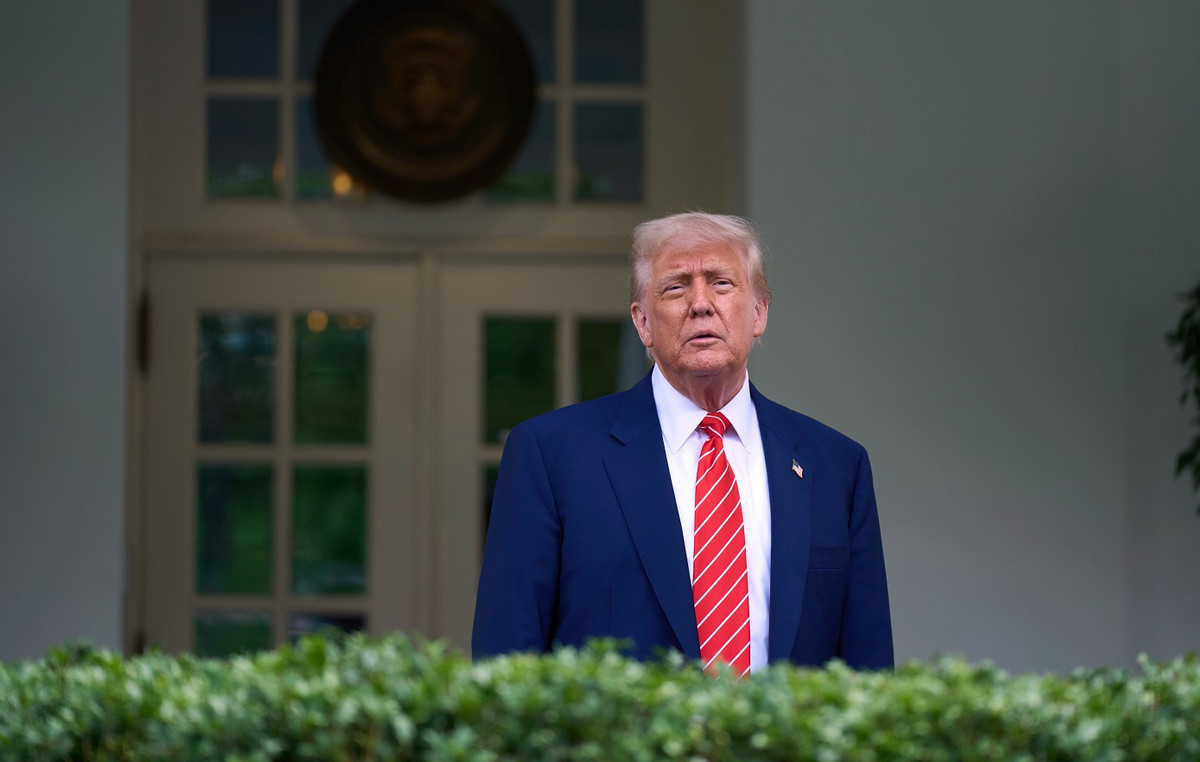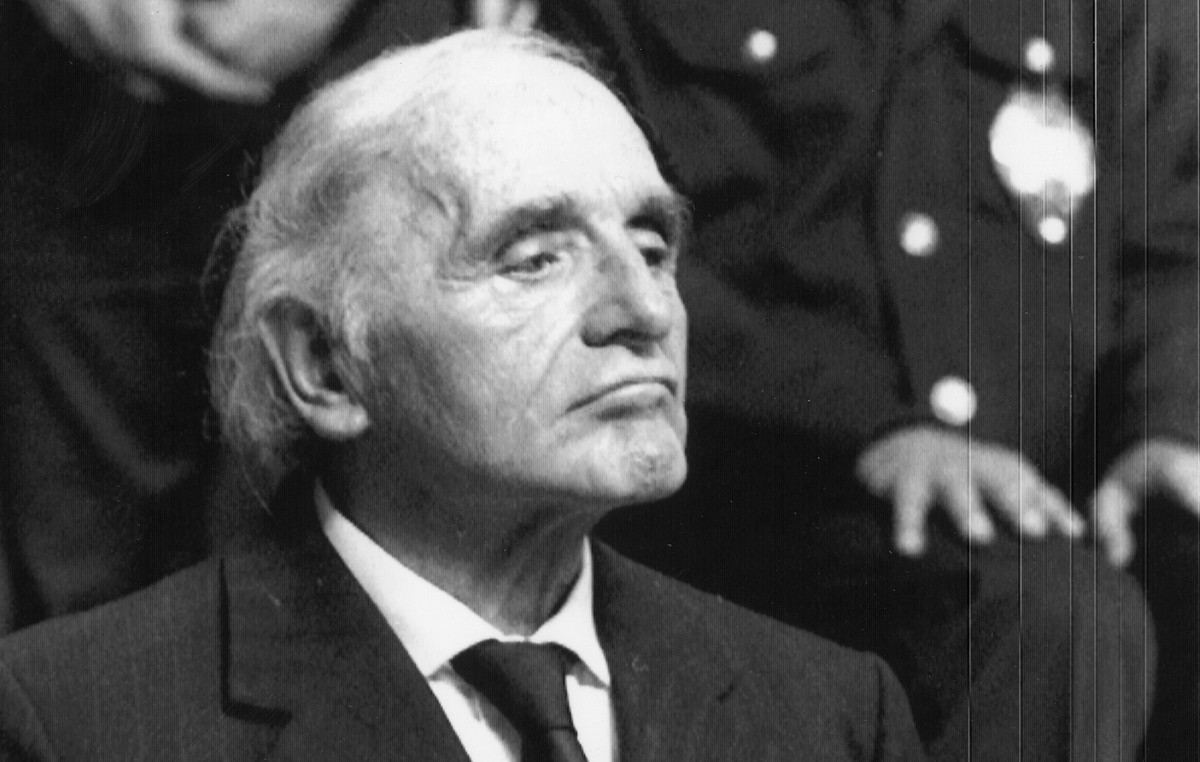O Brazilian central bank reaffirmed the review on the projection of the rate of inflation to 5.8% in 2022 in the Quarterly Inflation Report released this Thursday (29). The monetary authority had already indicated the lower number in the minutes released the day before. In the previous report, released in July, the IPCA was at 8.8% per year.
The fall in inflation projected by the BC considers the scenario of a deceleration of commodities together with the effects of the monetary tightening of the Selic at the current level, which is even more restrictive considering the recent surprises of lower inflation, highlights Rafaela Vitória, chief economist at the Inter
“If it materializes, we will soon be able to discuss the reduction of interest rates, as it will be unnecessary to maintain such a significant monetary tightening with the trajectory of inflation in a faster fall”, said the economist.
For Pedro Renault, economist at Itaú Unibanco, the report maintained the BC’s tone of caution about the current situation, signaling that the monetary entity will remain on alert for rising prices and will not cool down its approach unless the scenario is favorable. for that to happen.
“The report does not change the signal that was in the Copom minutes and in the previous communiqué, it was a tough document in the sense that they are vigilant in relation to inflation, because if necessary, interest rates will rise again”, highlighted the Itaú economist.
“He pointed in the direction that there will be interest rates maintained at a high level for some time, with a whole simulation that this is the de facto strategy, in a contractionary territory. Our reading is that the Selic will only fall from the second half of next year, starting in August,” he added.
This view is also the one expected by André Braz, price index coordinator at Fundação Getúlio Vargas (FGV), who highlighted the level of uncertainty at home this year and abroad with war and other factors of inflationary pressure.
“Inflationary pressure here still exists. The indices are negative, but when we look at the IPCA-15, 60% of goods and services became more expensive, although the other 40%, and then gasoline, some basic food items, communications and energy helped inflation to become negative. . But it is not the majority of the items”, he pointed out.
However, the economist reinforced that forecasts are surprising in this final stretch of the year due to government measures and an external scenario favorable to price reduction, with the risk of global recession in sight, affecting commodities.
“Projections are uncertain, for the end of the year inflation may end at 5.6%, well below what everyone predicted at the beginning. This is due to tax cuts, the good behavior of foodstuffs that began to decline with good harvests, a slowdown in the world economy and a reduction in the price of oil”, he explained.
Finally, Órama’s chief economist, Alexandre Espírito Santo, also said he believed in a downward movement for Salic from the second half of 2023, but stressed that keeping interest rates high for a long time could cause it to fall. more intensely at the end of this period.
“I don’t believe that the interest rate will have to drop soon, because if it goes ‘higher for longer’ you can drop more intensely, two or three drops of 100 points and you can end next year at 10.75% or 11, 75%”, he pointed out.
Source: CNN Brasil
Joe Jameson, a technology journalist with over 2 years of experience, writes for top online news websites. Specializing in the field of technology, Joe provides insights into the latest advancements in the industry. Currently, he contributes to covering the world stock market.







